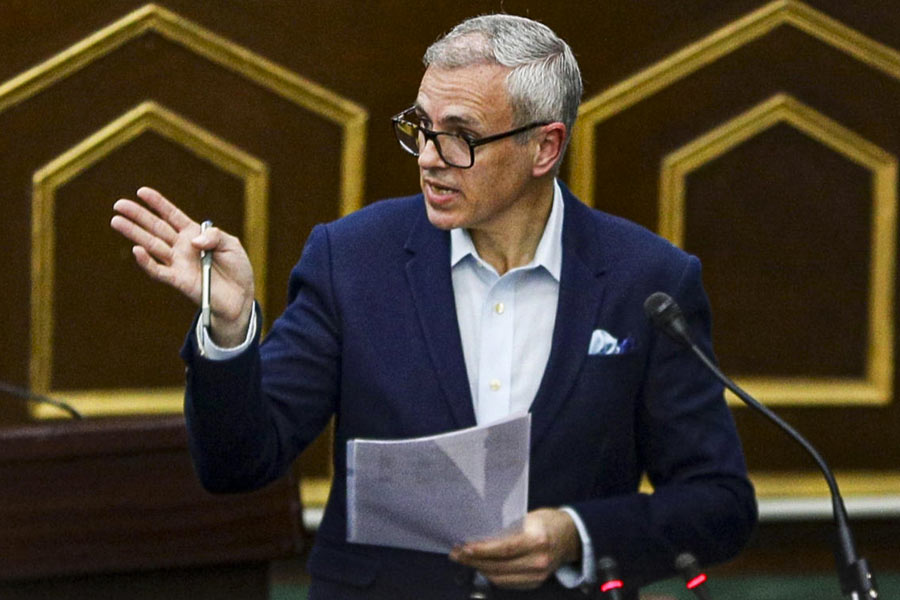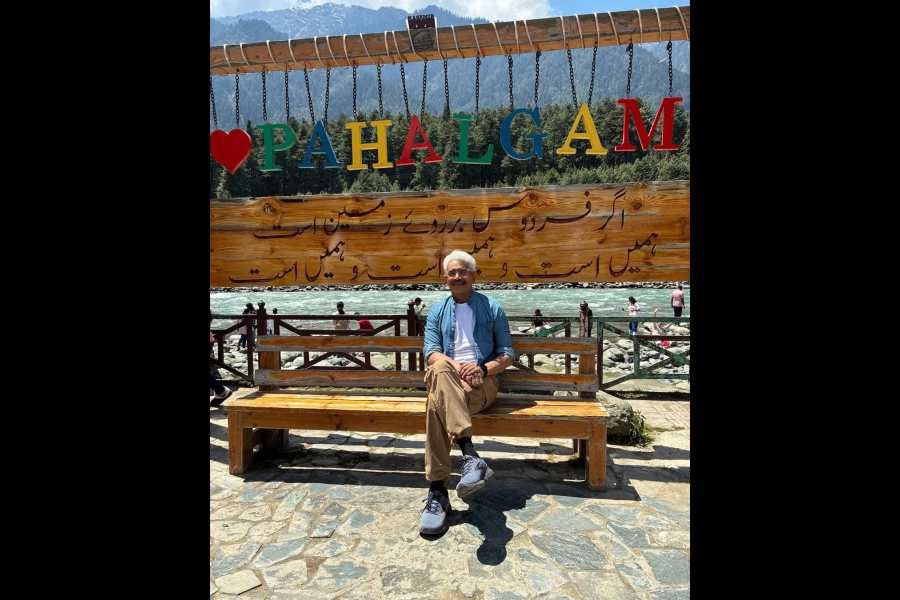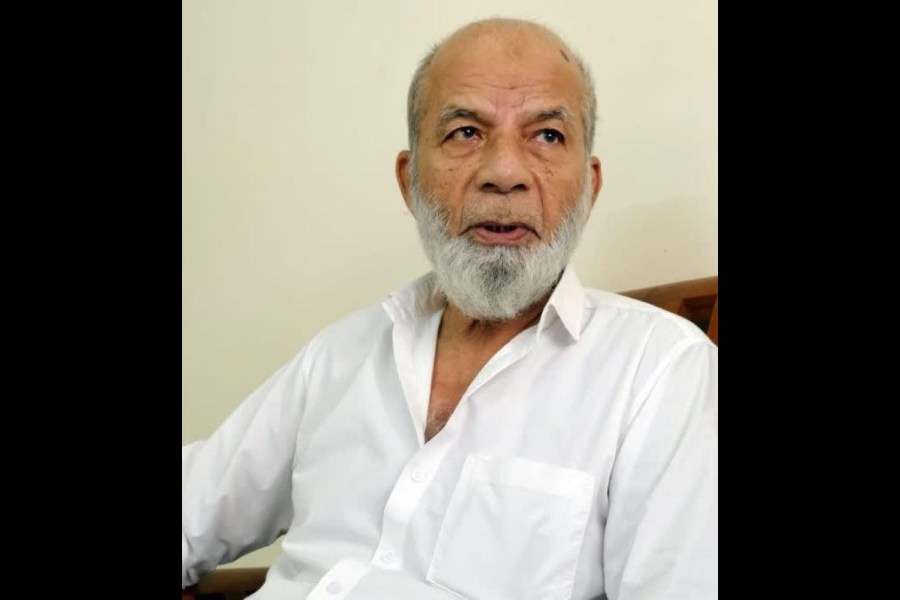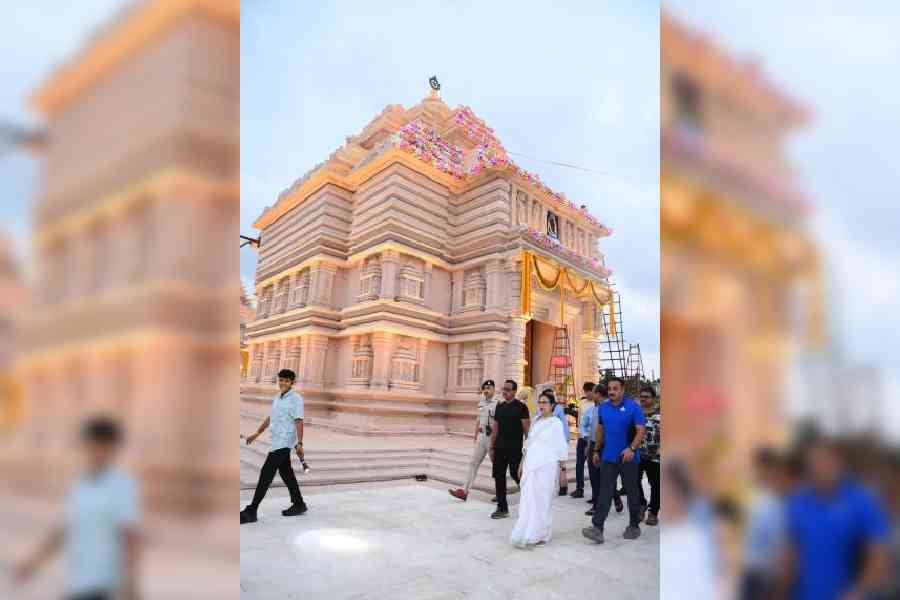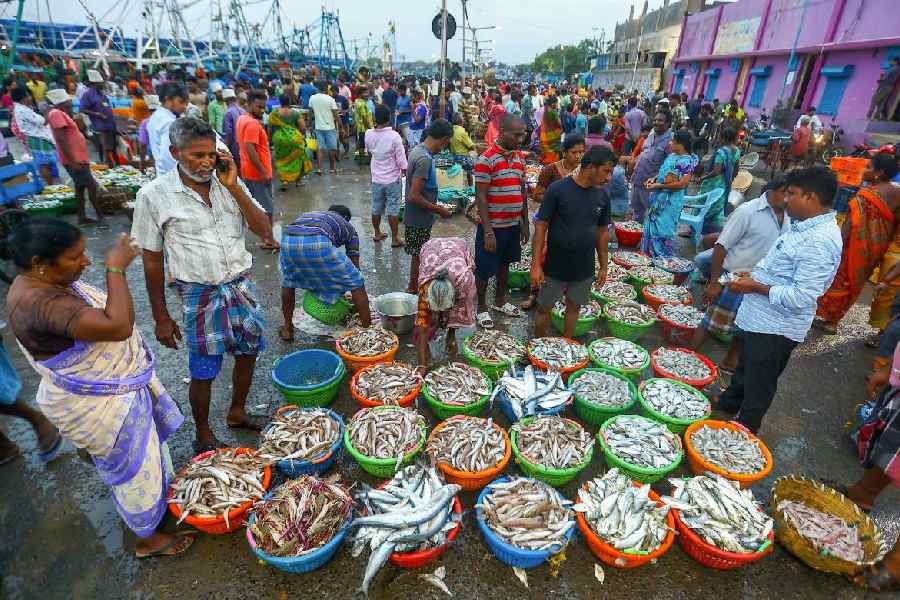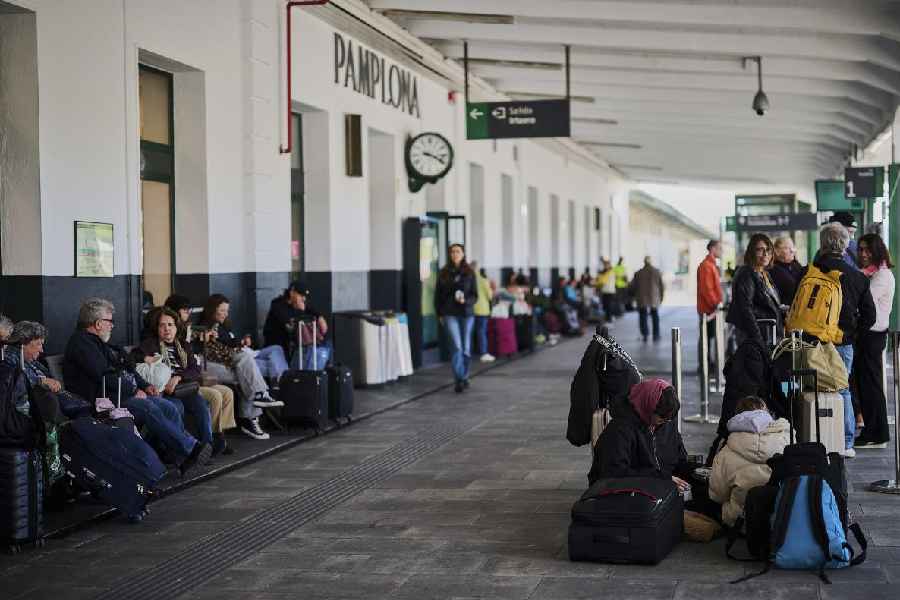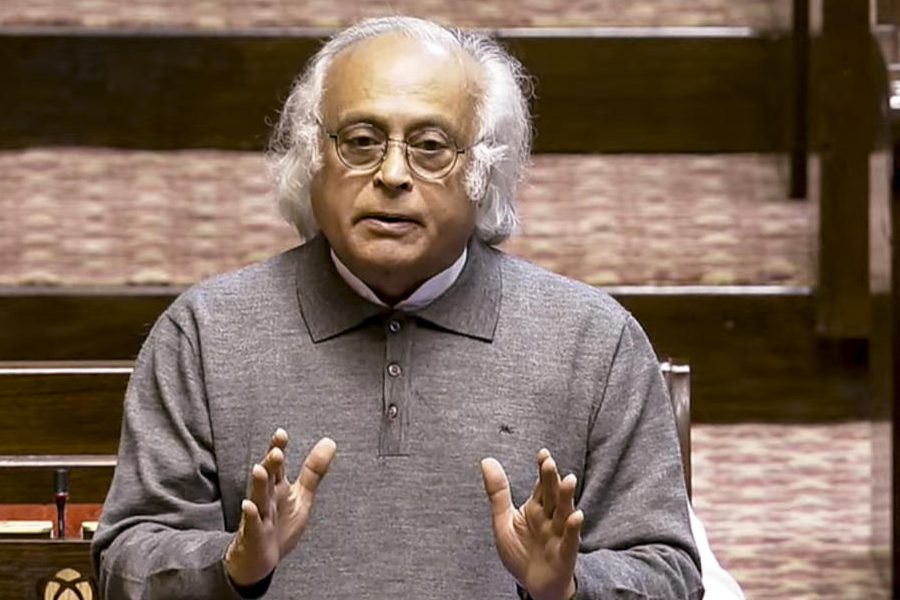 |
| jjjjjjjjjjjjjjjjjjjjjjjjjjjjjjjjjjjjjjjjjjjjjjjjjjjjjjjjjjjjjjjj |
Beautiful palaces, gardens, lakes, hills and temples. Agartala, the capital of Tripura, has all the trappings to charm a tourist.
In the heart of the town is Ujjayanta Palace, the abode of former princely rulers of the state.
Built by Maharaja Radha Kishore Manikya in 1901, the palace has Mughal-style gardens, pools and fountains, magnificent tiled floors, carved wooden ceilings and exquisitely crafted doors. The well laid out gardens have two large tanks on either side. Floodlights lend the surroundings a luminous appeal by night.
The palace has now been converted into the Assembly. Its latest attraction is a musical fountain show.
A kilometre from Ujjayanta Palace is Kunjaban Palace. Built in 1917 by Maharaja Birendra Kishore Manikya, it is now the official residence of the governor of Tripura.
The southern part of the palace is open to the public and has been named Rabindra Kanan after poet Rabindranath Tagore who used to stay here during his visits to Tripura.
Then there is Neermahal, about 53km from Agartala. It was built by Maharaja Bir Bikram Kishore Manikya in 1930 as a summer resort. Built in the middle of Rudrasagar, it is the only lake palace in the eastern part of the country. The lake hosts a large number of migratory birds every winter.
You can also visit the picturesque Maharaja Bir Bikram College and the Tripura Government Museum in Agartala. The college is located on an undulating land marked by a sprawling lake and lush greenery while the museum exhibits some rare stone idols, old coins and archaeological articles from Tripura.
Besides, tourists seeking piety may visit a plethora of temples and the Buddhist monastery, Venuban Vihar.
The Tripura Sundari temple, 55km from Agartala and 3km from the temple town of Udaipur (the district headquarters of South Tripura), is one of the 51 shakti peeths of Hindu pilgrimage. The toe of Sati’s right foot is said to have fallen here.
The temple is also known as Kurma Pitha because of its shape — that of a kurma or tortoise.
There are two identical images of the deity, Tripura Sundari (Kali), inside the temple — Chhotima (2-foot-tall) and Tripura Sundari (5 feet). The idol is made of reddish black kasti pathar and Kali is worshipped here in soroshi form.
The temple was first constructed by Maharaja Dhanya Manikya in 1501 AD and repaired twice by his descendants. On the eastern side of the temple is the famous Kalyan Sagar. During Diwali, a big mela is organised in the temple complex.
The Tripura Bhuvaneswari Temple is also 55km from Agartala and is located on the northern bank of the Gomati in Udaipur. There are several other temples and lakes nearby.
Built by Maharaja Govinda Manikya between 1667 and 1676 AD, it is a rare specimen of temple architecture. It is immortalised in two of Rabindranath Tagore's plays — Rajarshi and Bisharjan.
About 27km from Agartala in West Tripura’s Kasba area is located the Kamalasagar Kali Temple, also known as Kasba Kali Bari. It is situated on a hillock overlooking the Kamala Sagar.
The idol is made of sandstone and the goddess resembles that of Dasabhuja Durga or Mahishasurmardini. She is worshipped as Kali.
The huge Kamalasagar lake was excavated by Maharaja Dhanya Manikya Bahadur in the late 15th Century AD, and the Kamalasagar Kali Temple dates back to the 17th Century.
The lake, on the border with Bangladesh, is a scenic destination and a good picnic spot.
Dhanya Manikya had fought a fierce and successful battle to stop the victorious march of Bengal sultan Hussain Shah’s army into the interiors of the state at Kailagarh, renamed Kasba. He had vowed to dig a large lake and build a temple of Goddess Kamaleshwari if he succeeded in the battle.
He redeemed his vow. But before placing an idol in the temple, Maharaja Dhanya Manikya dreamt that an idol of the goddess was lying in Habiganj, now in Bangladesh. A search was conducted, the idol found and installed in the temple.
Just across the border, a hundred yards away, stands Kasba railway station, between Comilla and Akhaura junctions of Bangladesh. The clattering noise and whistles from the railway carriages and engines revive long-lost memories for many local visitors and tourists, particularly those in their fifties and sixties.
A two-day annual fair held here on the occasion of the new moon day in the month of Bhadra (August) is a major attraction in Kasba.
The Gumti Wildlife Sanctuary, about 100km from Agartala, is an ideal destination for those interested in ecotourism.
The sanctuary is located in South Tripura district and can be approached via Ambassa and Gandachara or via Amarpur-Jatanbari.
The sanctuary boasts of a rich flora and fauna. Close to it is a vast water reservoir that attracts resident and migratory birds.
SEKHAR DATTA
Going
Agartala is connected to Guwahati by air and road. There are two direct flights everyday.
Staying
Agartala has a small but decent selection of hotels.


